Staircase railing ideas – stylish balustrades for every home
12 ideas for choosing the perfect railing for your stairs
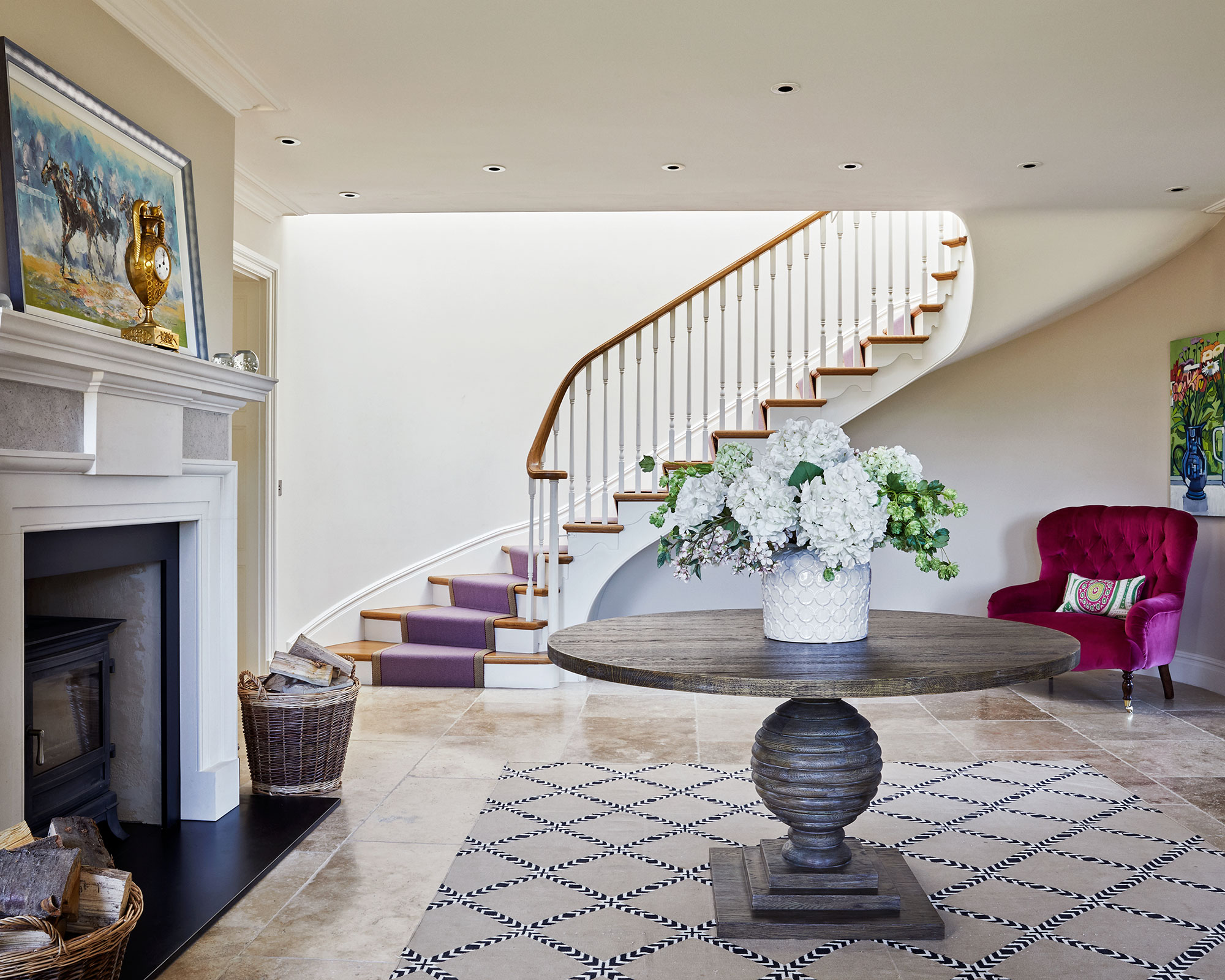

Choosing all the elements for a staircase can be quite a daunting task. We’ve curated a list of our top staircase railing ideas to make your decision that bit simpler.
Railings on staircases vary widely in their styles and materials. Whether you’re all about sleek, contemporary style, or prefer a more traditional look, there’s a railing that will suit your interiors.
James Murray, Senior Staircase Designer at Neville Johnson notes that, ‘by updating and fitting new balustrades, the whole staircase area can be completely transformed.’ While a key structural element, the balustrade is also a chance to add decorative flair.
This is an area you can inject some fun and personality into a necessary and otherwise practical area of the home. Always bear in mind, however, that balustrades must conform to building regulations, so talk to a building control officer
Read on to discover staircase railing ideas for your scheme.
- See: Staircase ideas – inspirational features for treads, rails, materials and more
1. Go sleek with steel
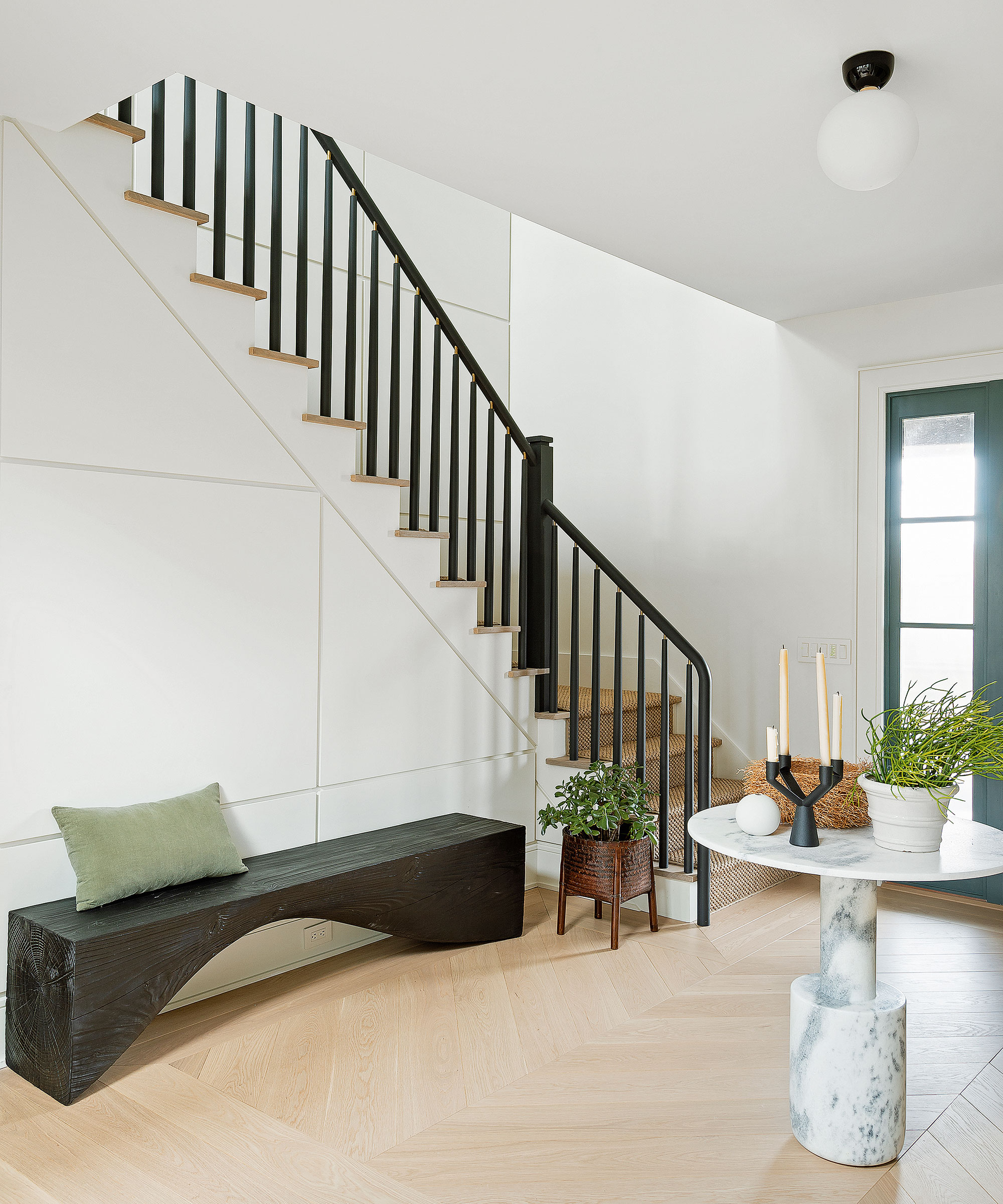
Photography/Matthew Williams
Fine powder-coated forged steel spindles can be used to amplify a contemporary tone in your house. By choosing black steel, the overall impression is of a timeless modernity. The contrast with white walls and blonde woods ensures attention is drawn to these beautifully sleek balustrades.
‘Clever design and engineering can turn the staircase into a central design feature, capable of transforming your interior with one dramatic statement,’ notes Richard McLane, design director of Bisca.
Design expertise in your inbox – from inspiring decorating ideas and beautiful celebrity homes to practical gardening advice and shopping round-ups.
2. Make it modern
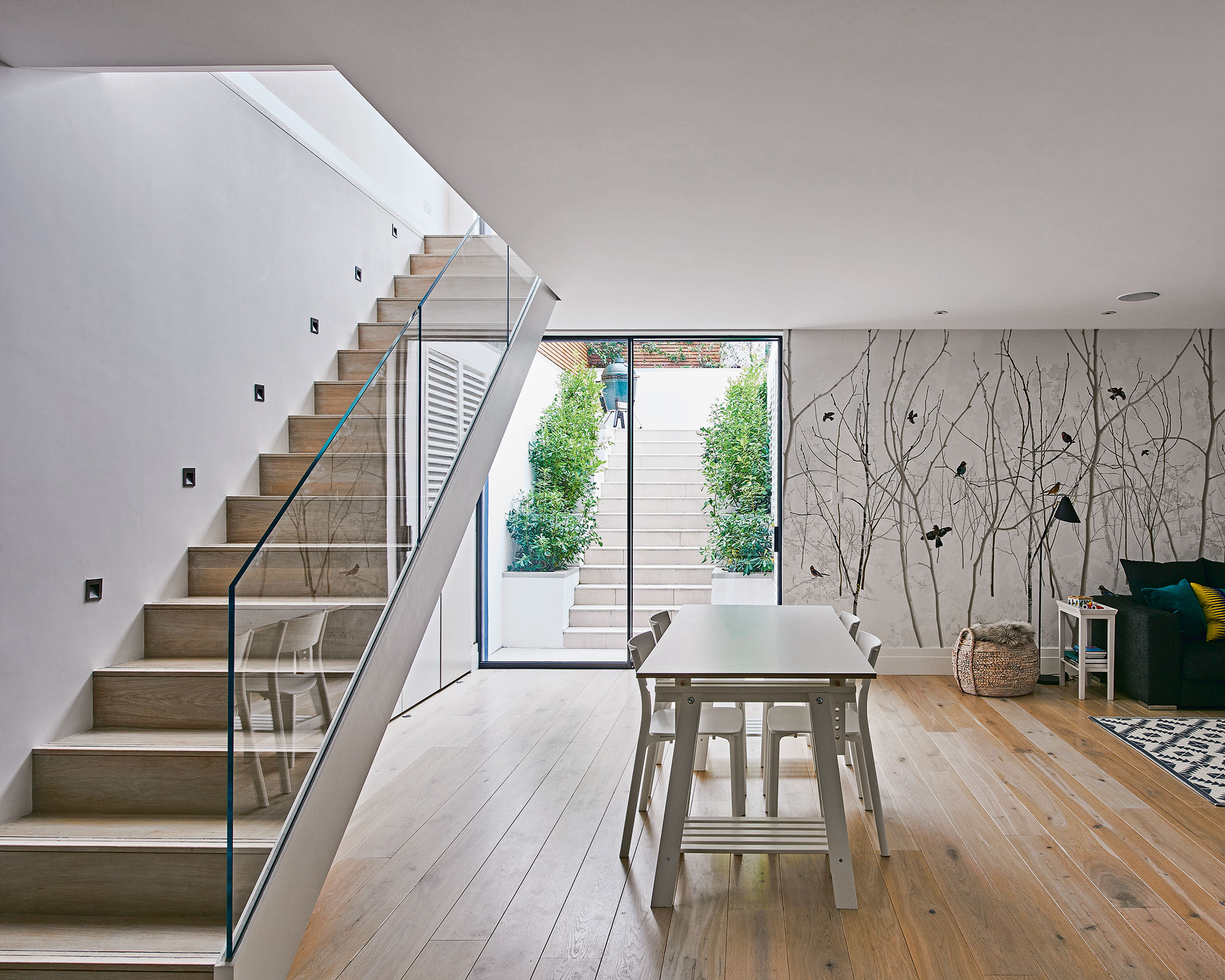
Photography/Jonathan Gooch
Staircase railings don’t necessarily have to be the traditional spindle. Add some movement into this area with a quirky take on the norm.
Inspired by architecture, the slender spindles of this balustrade give the impression of thread being woven,’ says James Murray, Senior Staircase Designer at Neville Johnson of the brand’s Opus Black Condesa [pictured]. ‘Crafted from high quality laser cut rolled steel, designed and manufactured to provide a unique, exclusive interwoven spindle configuration and hand-finished in black, this renovation is a creative reinvention of the traditional steel staircase.’
3. Choose a unique style
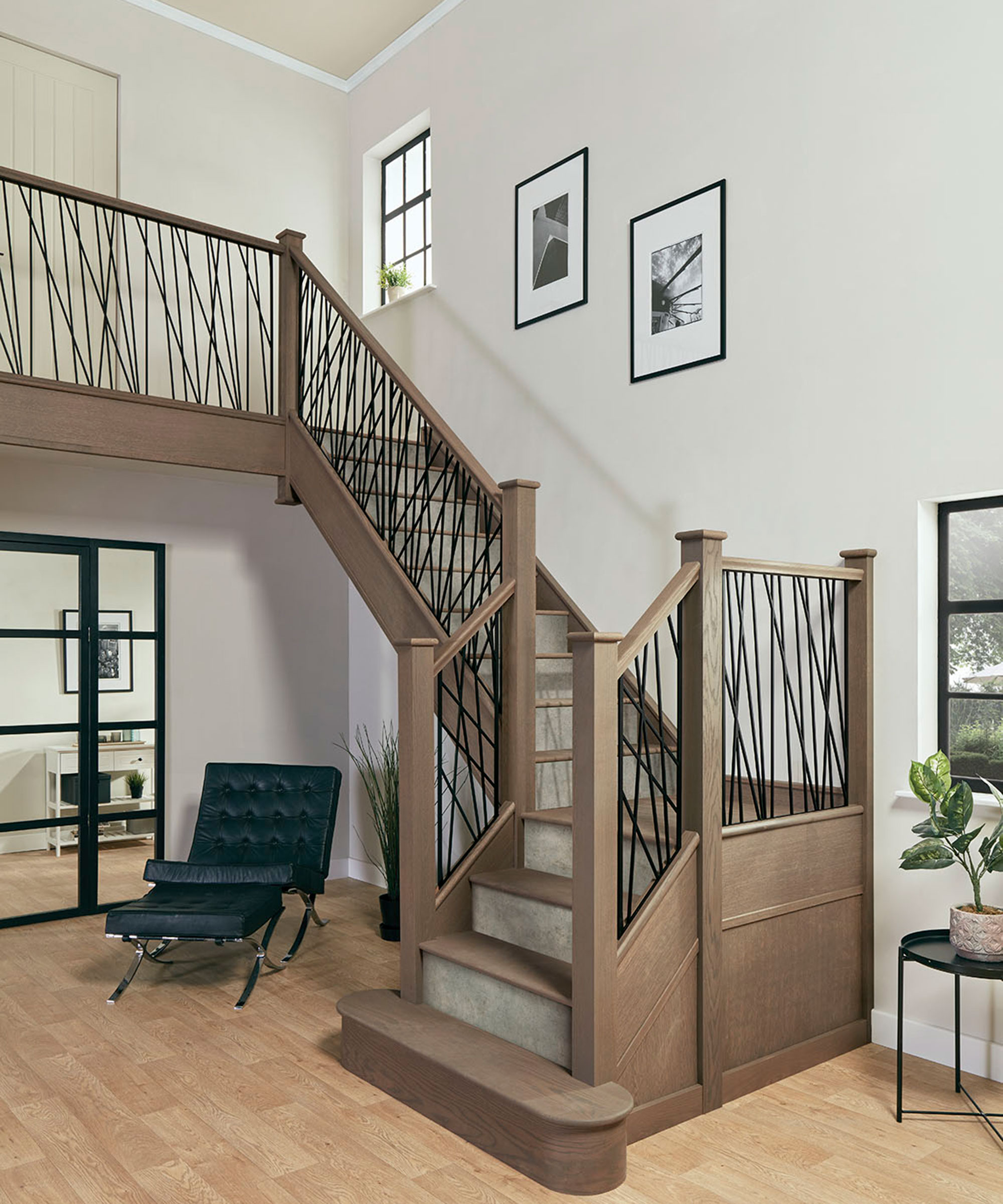
Staircase railings don’t necessarily have to be the traditional spindle. Add some movement into this area with a quirky take on the norm.
Inspired by architecture, the slender spindles of this balustrade give the impression of thread being woven,’ says James Murray, Senior Staircase Designer at Neville Johnson of the brand’s Opus Black Condesa [pictured].
‘Crafted from high quality laser cut rolled steel, designed and manufactured to provide a unique, exclusive interwoven spindle configuration and hand-finished in black, this renovation is a creative reinvention of the traditional steel staircase.’
4. Mix old with new
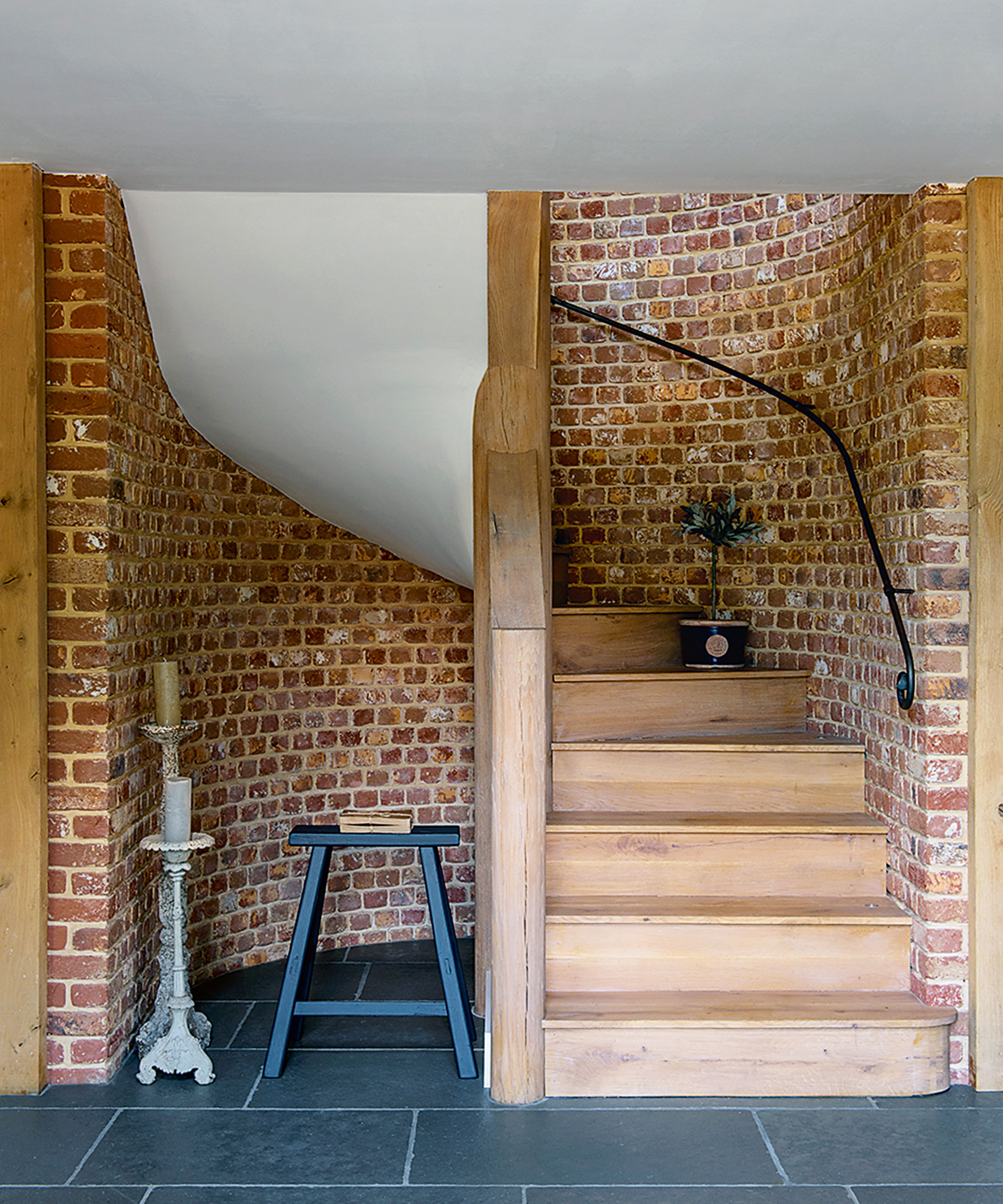
Photography/Polly Eltes
Even in a traditional setting, there is an option for integrating contemporary design with staircase detailing.
This curved staircase shows off a rustic exposed brick wall, while the railing on the wall adds a modern feel. The thin and elegant steel handrail highlights the modern staircase as a feature in this classic home.
5. Try an industrial look
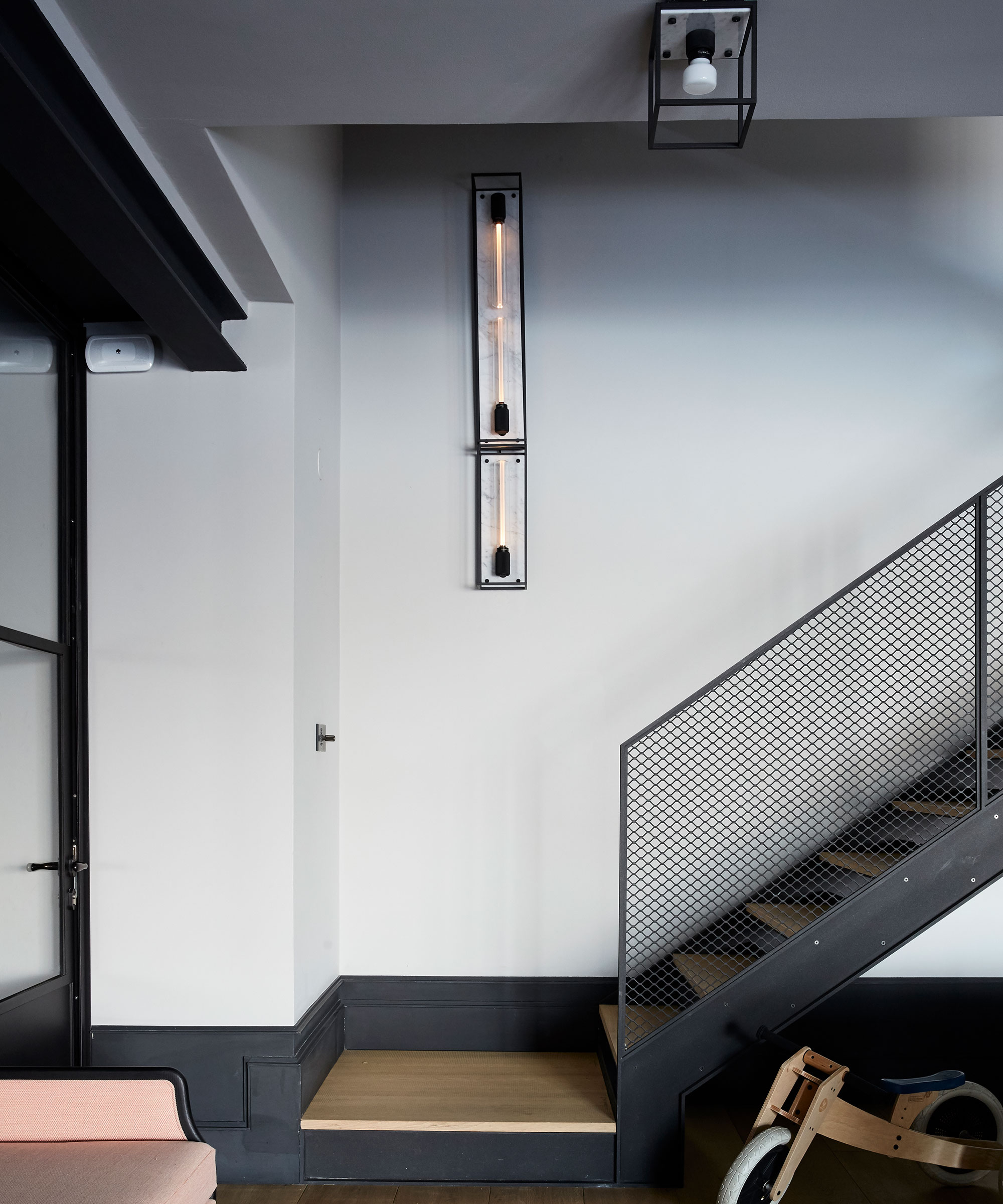
Photography/Paul Massey
Bannisters and balustrades can go a long way in giving a certain 'look' to your stairs, like this honeycombed steel compared to, for example, more traditional fine wood or steel spindles.
Perfect in a loft or urban setting, this metal staircase creates that cool, industrial edge. The use of this honeycomb pattern ensures that light will continue to flow easily and unencumbered down the staircase. Always consider the impact on natural light when choosing a railing.
6. Keep things traditional
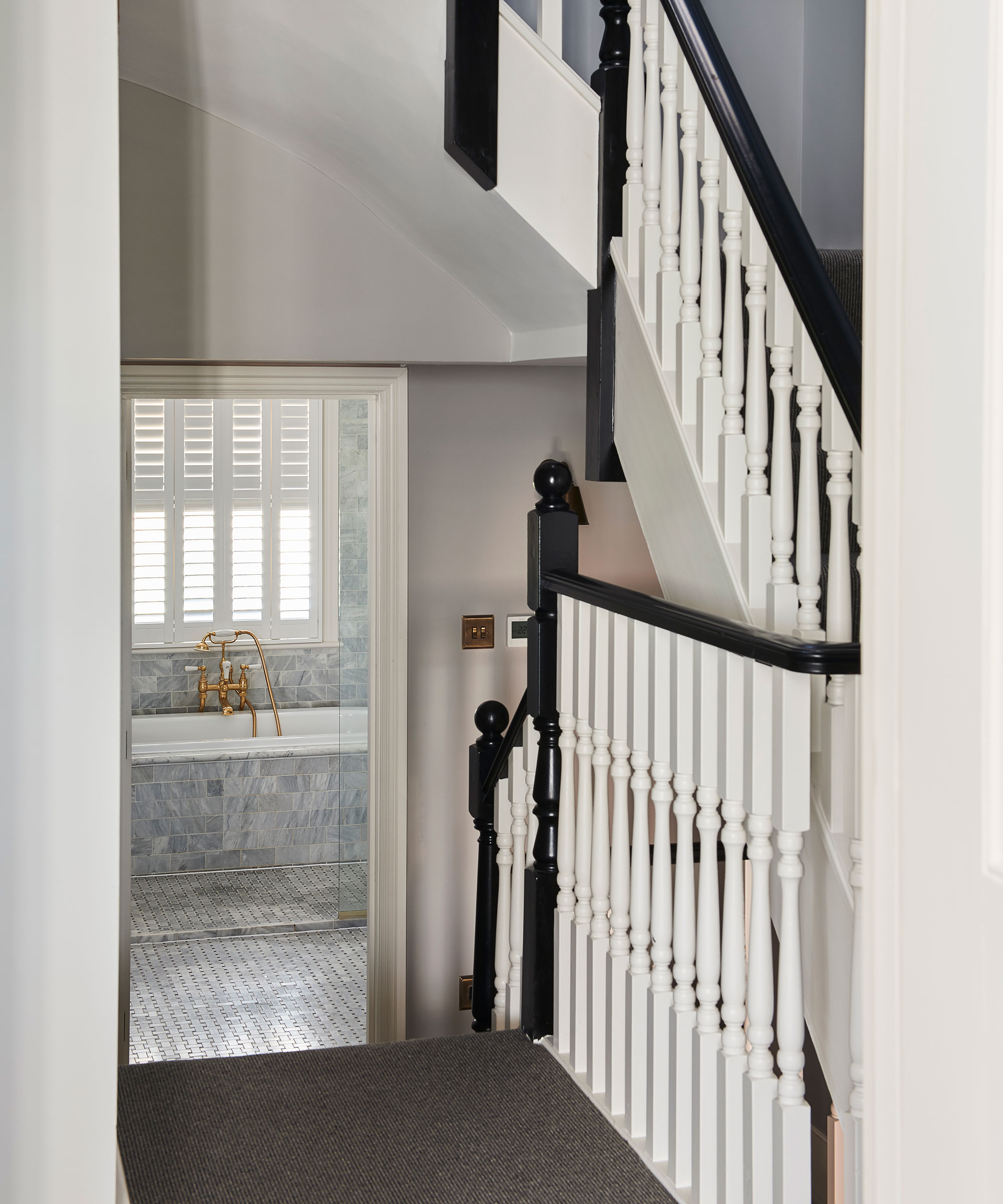
Photography/Jonathan Gooch
In classic Victorian terraces or townhouses, it’s a good idea to stick to a traditional look with your railings.
Whether they’re original or new, these gently curved wood spindles will add interest to narrow landings. Add a splash of contemporary cool by painting the railings and handrail in crisp, clean shades.
- See: How to decorate a staircase – design ideas for stylish staircases
7. Create a contrast

Photography/Paul Massey
Both in contemporary and traditional homes, a stand out modern staircase adds cool interest to your interiors.
This bleached oak staircase contrasts perfectly with the elemental stainless-steel banister. The sleek, bold lines of the railings are a definite feature in their own simplicity. Keep the railings fairly wide apart to enhance the sight lines, a necessary consideration when leading up to a landing or mezzanine.
Using the same railings on a mezzanine is also useful in creating a visual link with the level below.
8. Embrace an elaborate look
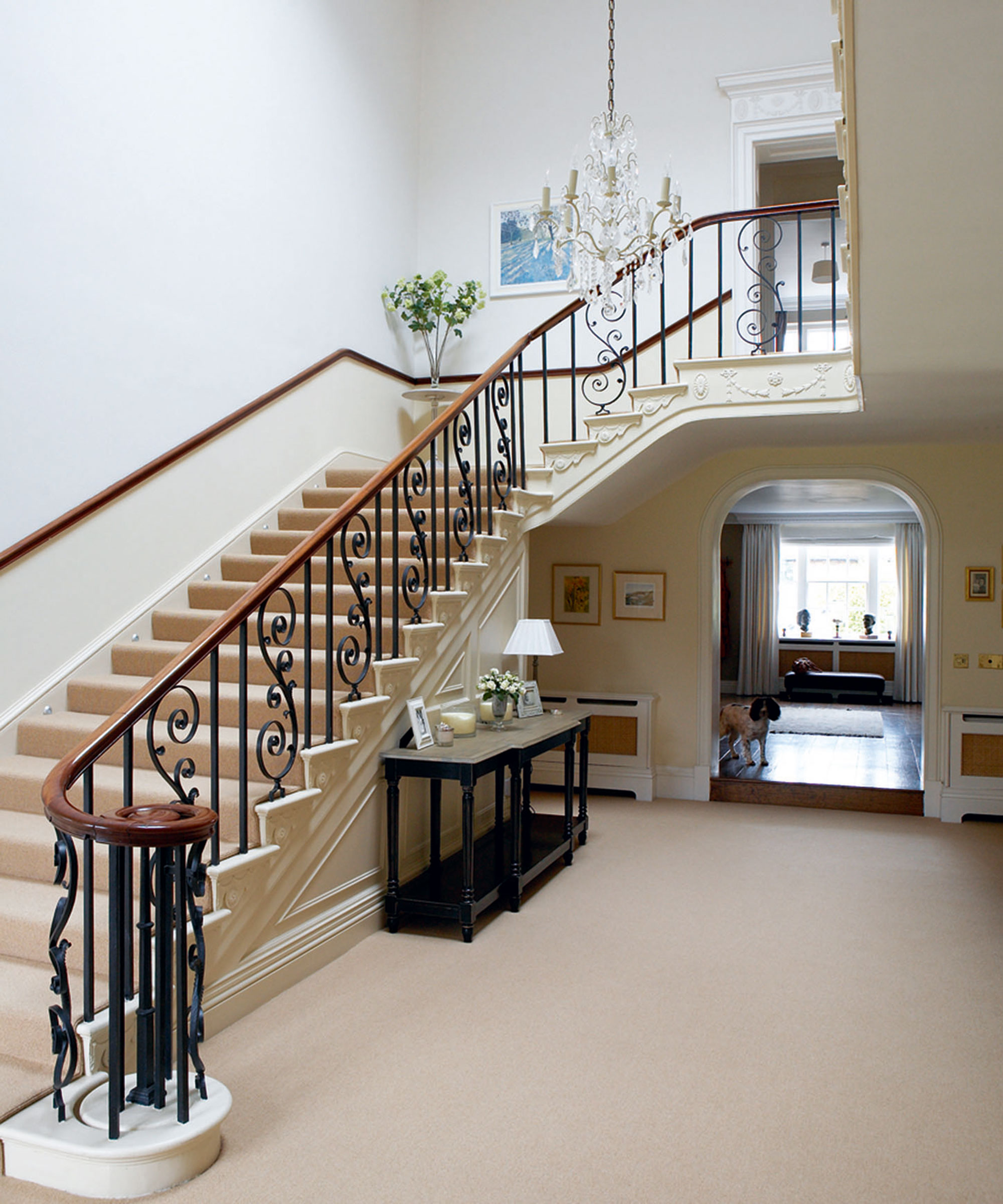
Photography/Brent Darby
When selecting the railings for your staircase, make sure to consider the architecture of your home. Period homes, with their ornate plasterwork and high ceilings, can hold elaborate wrought iron designs. With these classical designs, make sure to have a bit of fun selecting the design. This style, with the simple railings breaking up the elaborate sections stops the design from overwhelming, while also adding a lightness to the staircase.
The same is true whatever style of house you have; in a country home you can use the same or similar wood as any beams on show. In barn conversions, you may even be able to use reclaimed wood from the building itself.
9. Design with elegance
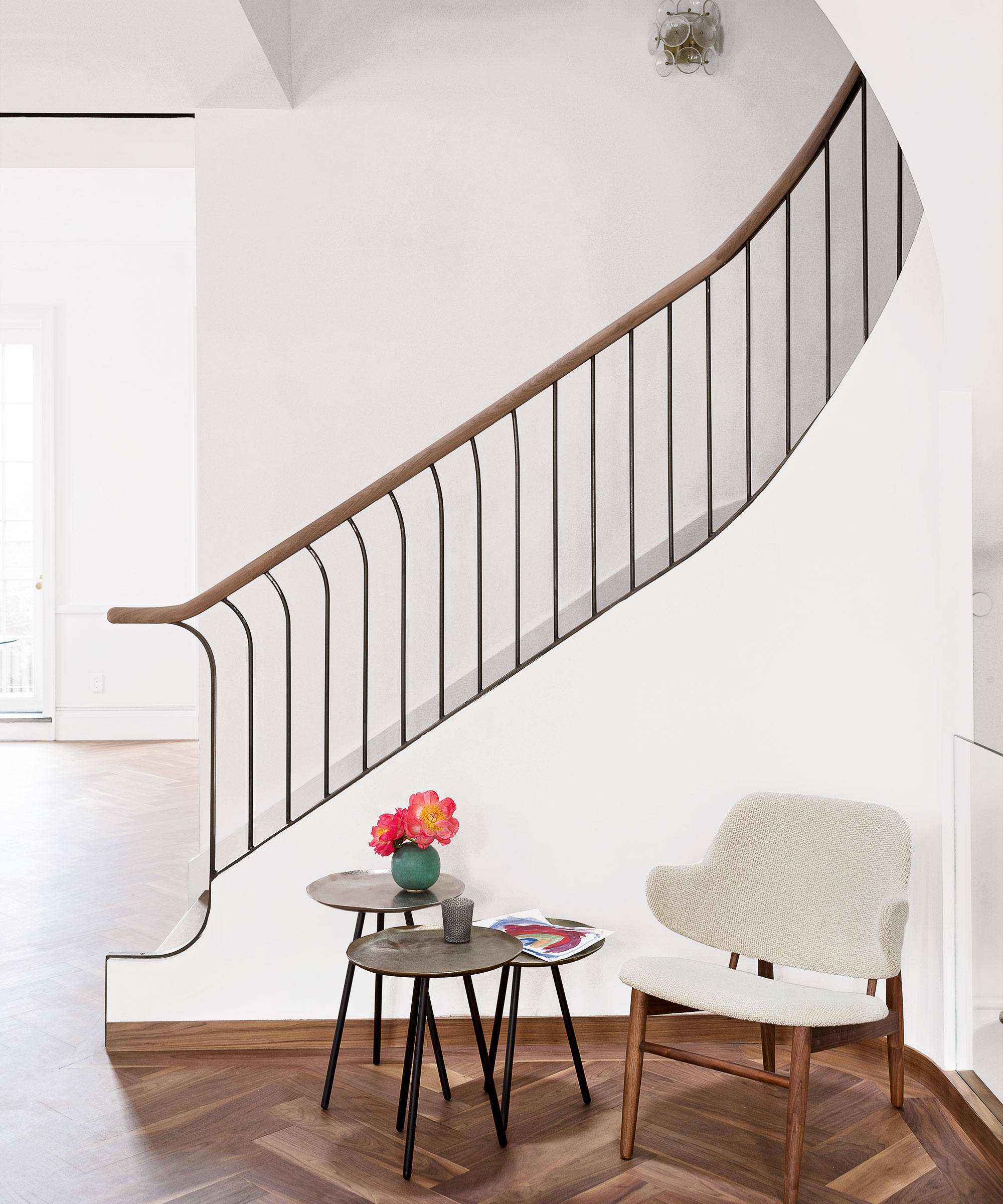
Photograph/Matthew Williams
Simple powder-coated steel spindles can sometimes be the most elegant way to add flair to your staircase.
This classy design exudes a light aesthetic with how its slender balusters gently curve at the start of the staircase before gradually becoming straighter. It’s a very simple touch, but the impact is huge. This also creates a softer, more organic feel that is embellished by the contemporary natural wood banister.
10. Add extra interest
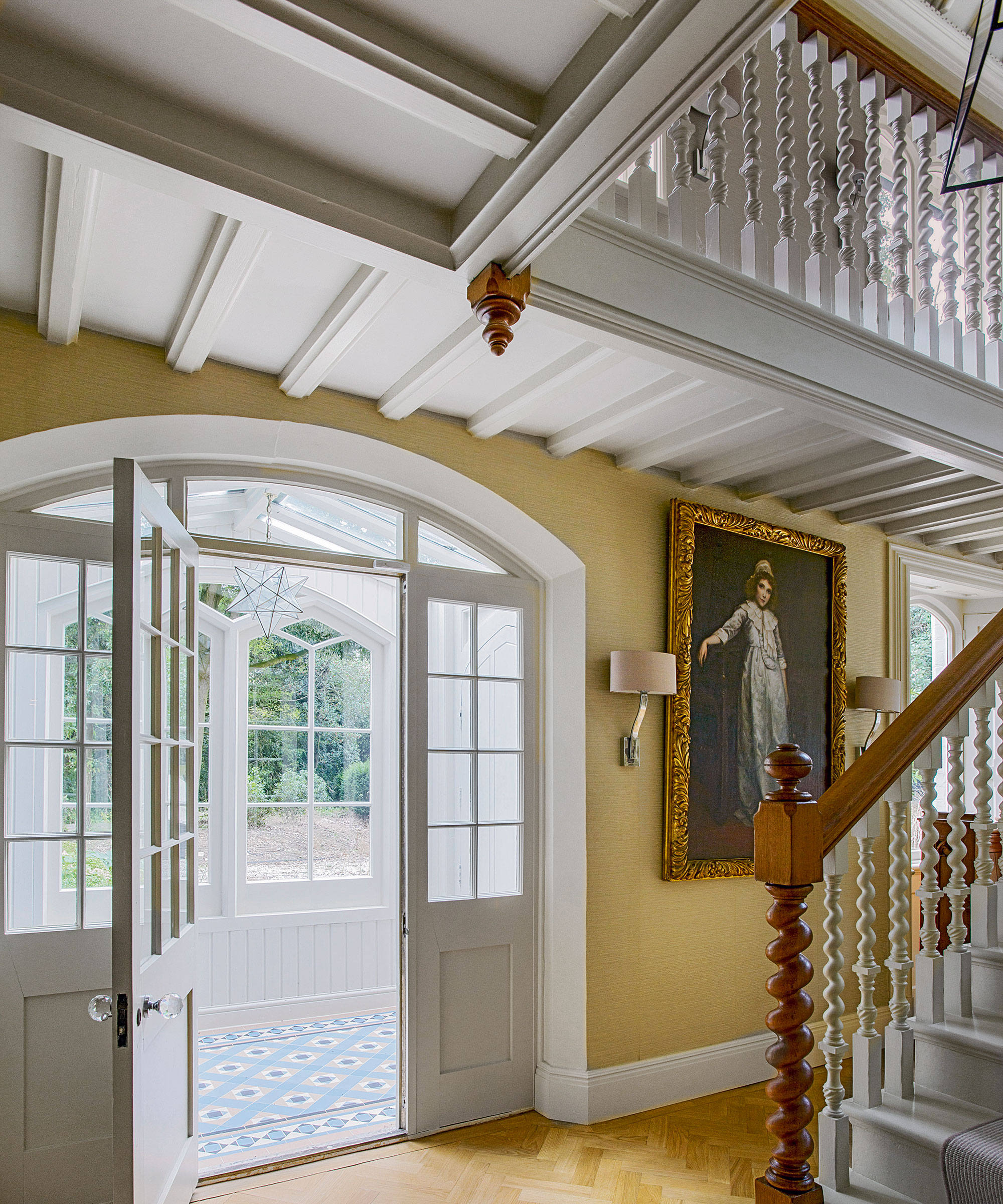
Photography/Polly Eltes
Traditional wooden railings don’t have to be simple. Choose a more elaborate design, such as undulating spirals to make what would have been a standard staircase into something special.
The pictured stairs also demonstrate how a lick of paint can make all the difference. The first baluster and railings have been kept in their natural shade, while the rest of the banisters have been painted white, adding lightness and ensuring the design isn’t too overwhelming in the space.
11. Consider your materials
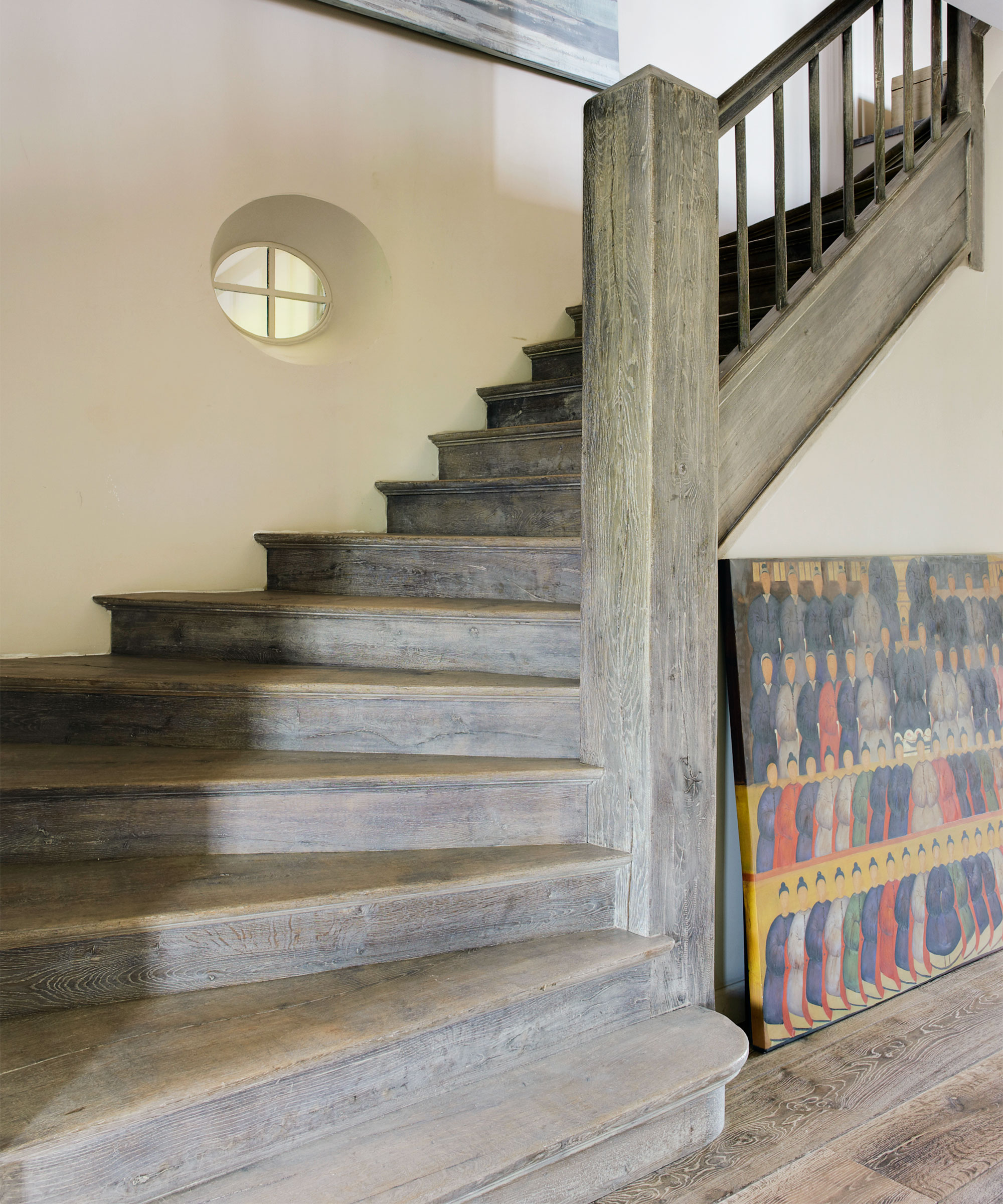
Photography/Mark Luscombe-Whyte
If you live in an older property with original features such as wooden staircases, there are still ways to modernise the space without destroying these pieces. These homes often have thick, light-blocking banisters, so consider removing these. In their place, have the original balusters shaved down to thin spindles, melding the old and new perfectly.
Older wood also requires a little extra TLC, so sand soothe stairs and banisters for a pared-back feel. Alternatively, apply a coat of liming wax to wood that has been cleaned, dried and rubbed down with a wire brush prior to treatment to expose the grain. Apply one or two coats of finishing oil for a water-resistant finish and to keep the wood looking good for longer.
12. Get ahead of the curve
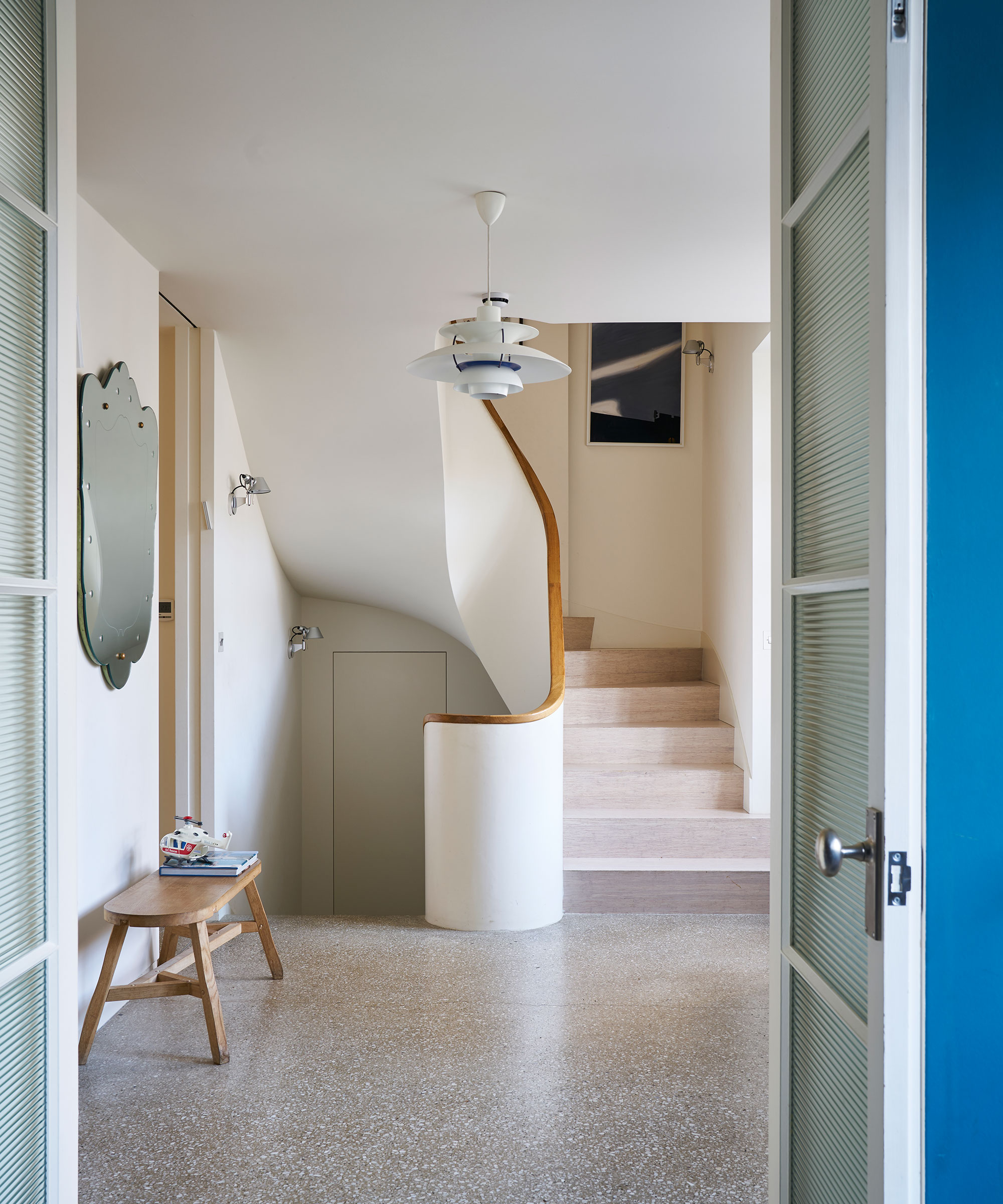
Photography/James Merrell
In a contemporary new build, speak to your architect for a sleek staircase. This sweeping design is highlighted by the handrail, in a contrasting wood that’s been kept flush for the ultimate clean and fresh feeling.
Curved staircases are perfect for making a bold design statement, by the rail can add that special something extra.
How do you modernize a stair railing?
The railing is one of the easiest and most cost-effective ways of updating your staircase. Replace with thin steel spindles for a contemporary feel. Another solution is to sand back wooden balustrades and painting them in a fresh, modern color.
How much does it cost to replace stair railings?
The cost of replacing your stair railings can completely vary, as it is dependent on the length, the type, the material of the new railing and even the material of the existing railing.
The material you are replacing the railings with potentially the biggest factor. As a general rule of thumb the most expensive is wrought iron, followed by steel, then wood.

Thea Babington-Stitt is a Content Editor at Future. She has been an interiors journalist for nearly 10 years and has held positions at LivingEtc, Country Homes & Interiors and Homes & Gardens. Currently, she is writing for Ideal Home and Style At Home's websites and magazines.